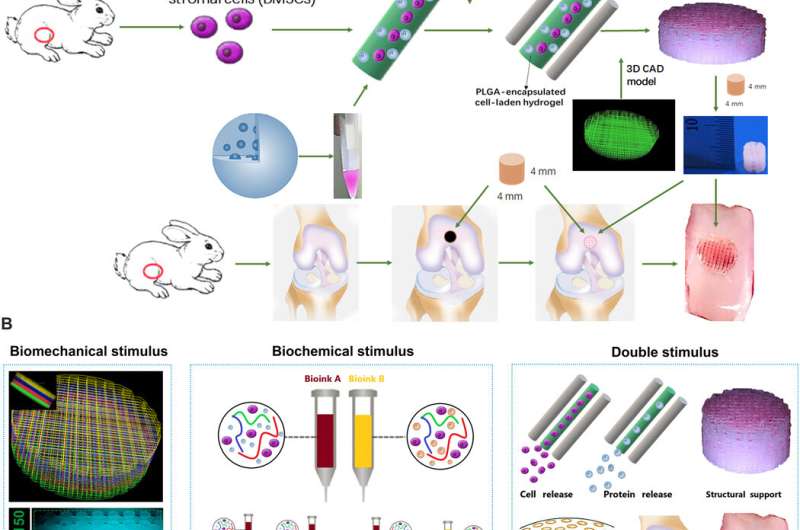


Important examples of viruses that utilize trimeric stem-based receptor assemblies include influenza virus, human immunodeficiency virus (HIV), Ebola virus, and viruses of the coronavirus, reovirus, and adenovirus families. Viruses employ such receptors either directly on capsid surface or extending from the surface in helical or fibrous trimeric stems. These viral receptors are considered among the most important immunization targets in vaccine development since they are often key in eliciting neutralizing antibodies that prevent viral infection by blocking the viral receptor interaction or preventing the conformational transition required for subsequent membrane fusion. VLPs can in some cases aid in the formation and display of viral receptor stems with native oligomeric structure, an essential property of effective vaccines which elicit potent and broadly neutralizing antibodies. It has been shown that VLP antigen fusions can dramatically enhance the magnitude (10- to 100-fold) and quality of the immune response.
#Protein scaffold vaccine full#
Their compositions are varied and include a full spectrum of pure or composite materials which can range from metals, such as gold or silver to biological-based particles, which include viruses or engineered virus-like particles (VLP).Ī particularly powerful application of VLPs is to create fusion proteins which display microbial or viral antigens on the nanoparticle surface.

Nanoparticle-based materials are an area of extensive research, largely due to the changes in physical properties of materials as they approach the 10 nm size. The use of this system could accelerate the discovery and development of vaccines for a number of human, livestock, and veterinary applications. An application example in the exploratory development of a therapeutic vaccine for idiopathic pulmonary fibrosis (IPF), including preliminary analysis and immunogenic properties, is presented. Each set of N- or C-termini is spatially disposed in a tetrahedral arrangement and positioned at optimal distances from the 3-fold axes (8-10 Å) to nucleate and stabilize the correct folding of complex helical or fibrous trimeric receptors, such as those responsible for viral tropism and cell infection. As a self-assembling nanoparticle, NSP10 possesses numerous advantages in vaccine development and antigen display, including the unusual particle surface disposition of both the N- and C-termini. NSP10 represents a 152 amino acid, 17 kD zinc finger transcription/regulatory protein which self-assembles to form a spherical 84 Å diameter nanoparticle with dodecahedral trigonal 32 point symmetry. Here, we report the repurposing of nonstructural proteins 10 and 11 (hereafter NSP10) from the replicase polyprotein 1a (pp1a) of the human SARS coronavirus (severe acute respiratory syndrome) as a novel self-assembling platform for bioengineered nanoparticles for a variety of applications including vaccines. Nanoparticles are playing an increasingly powerful role in vaccine development.


 0 kommentar(er)
0 kommentar(er)
